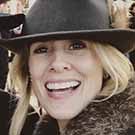Life at the Royal Hospital Chelsea: From pensioners pumping iron to ‘Chelsea Chests’

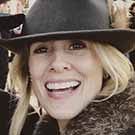
Five years ago, Flora Watkins visited the Royal Hospital Chelsea on behalf of Country Life to see the place and meet the people at this wonderful institution. In the next seven days the eyes of the world will be on the RHS Chelsea Festival, which is held in the gardens that surround this Sir Christopher Wren-designed building; what better time to remember what happens here on the other 51 weeks a year.
Resplendent in his scarlet coat, Michael Allen reaches down to pat his belly, where the highly polished buttons are starting to strain somewhat. ‘We call these “Chelsea chests”,’ he laughs, ‘and a lot of us have got them’— testament, he says, to the ‘superb’ food the Pensioners enjoy.
‘There’s a full English breakfast every day and lunch is always three courses. We all put on about a stone in weight within 12 months of coming here.’ Mr Allen (there are no ranks among the Pensioners) has lived at the Royal Hospital for 10 years. ‘I was just 65,’ he recalls, ‘and most of the chaps were Second World War veterans in their eighties, so I got the nickname “the Boy Soldier”.’
Today, there are some 47 veterans of the Second World War among the 300 or so Chelsea Pensioners who live at the Royal Hospital. Others have served in conflicts from Borneo and Northern Ireland to the Falklands and, since 2009, their number includes women; as of September 2014 there were 14 lady Pensioners.

Long before the terms ‘sheltered housing’ or ‘care home’ entered the lexicon, Charles II recognised the need for a place in which former soldiers who had become ‘broken by age or war’ could live out their last years in comfort and camaraderie. Sir Christopher Wren’s buildings were completed in 1692 and in 2017 the Royal Hospital celebrated its 325th anniversary.
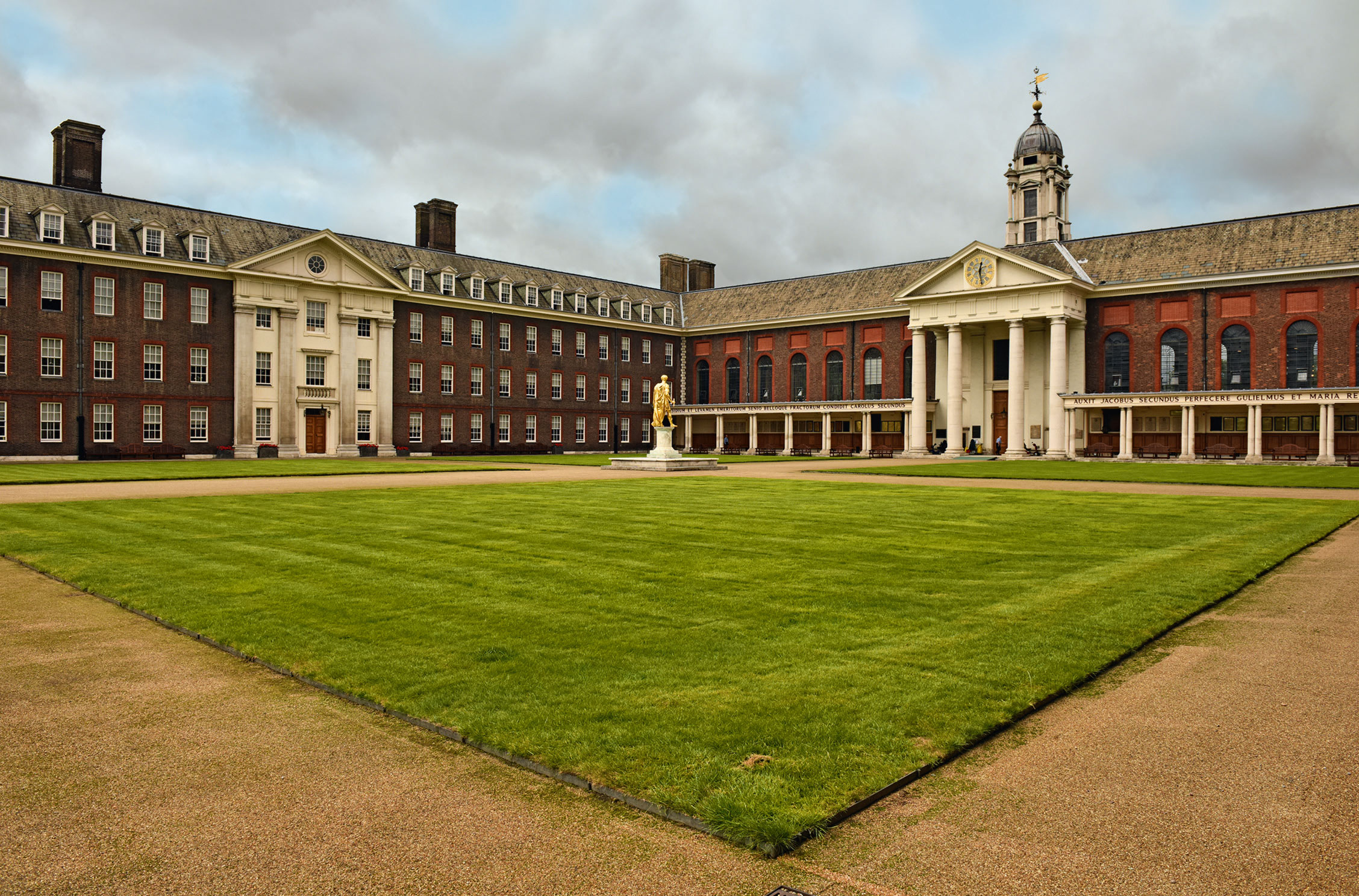
As Mr Allen shows me round (he’s a part-time tour guide here), it’s striking, at first glance, how little seems to have changed: the magnificent colonnade, the central court, the benches and panelling are much as Wren left them.
However, little touches here and there — a stairlift outside the Great Hall, where those excellent meals are taken, a parking bay for mobility scooters — show that the Royal Hospital has, discreetly, kept pace with developments in care for older people.
Exquisite houses, the beauty of Nature, and how to get the most from your life, straight to your inbox.
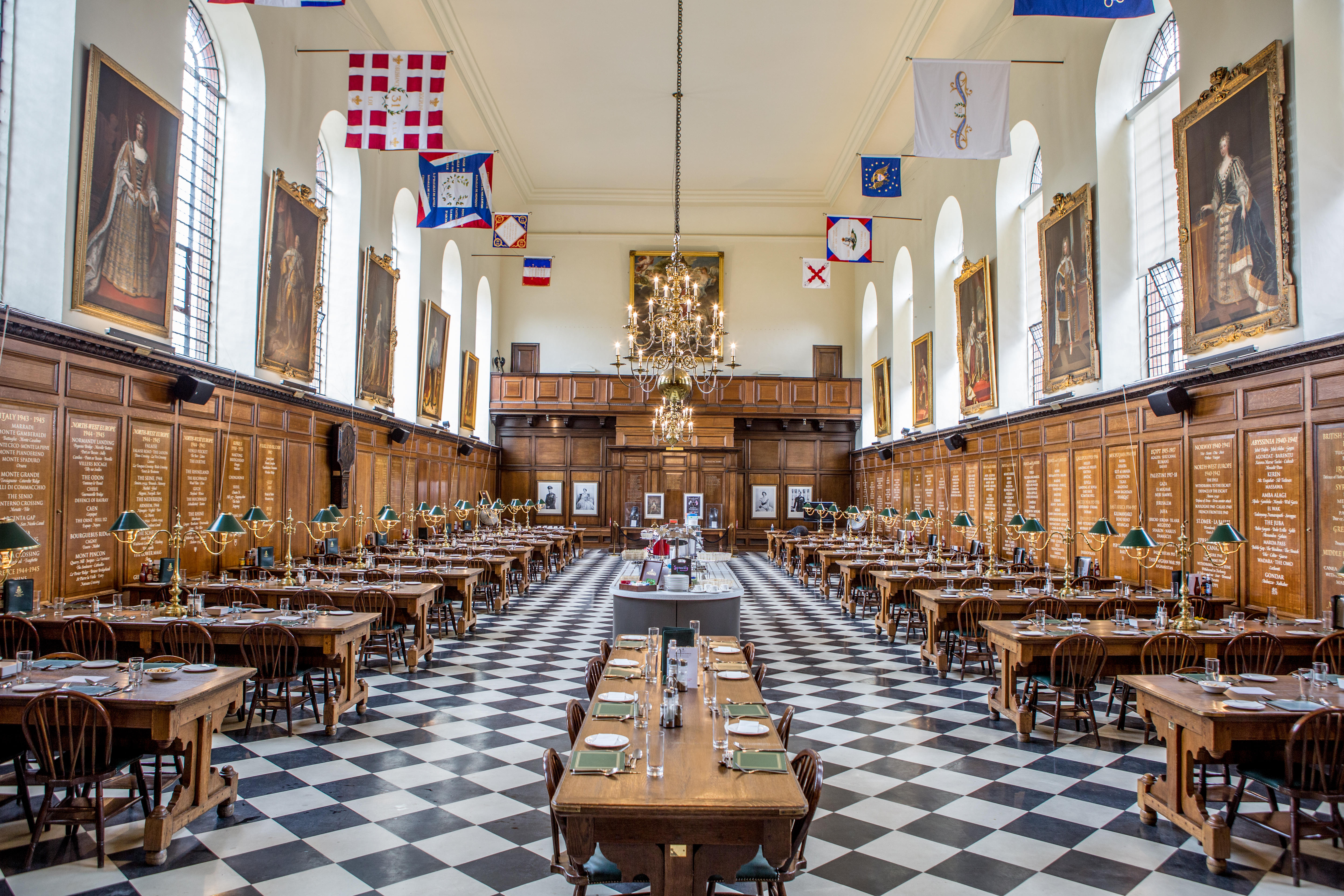
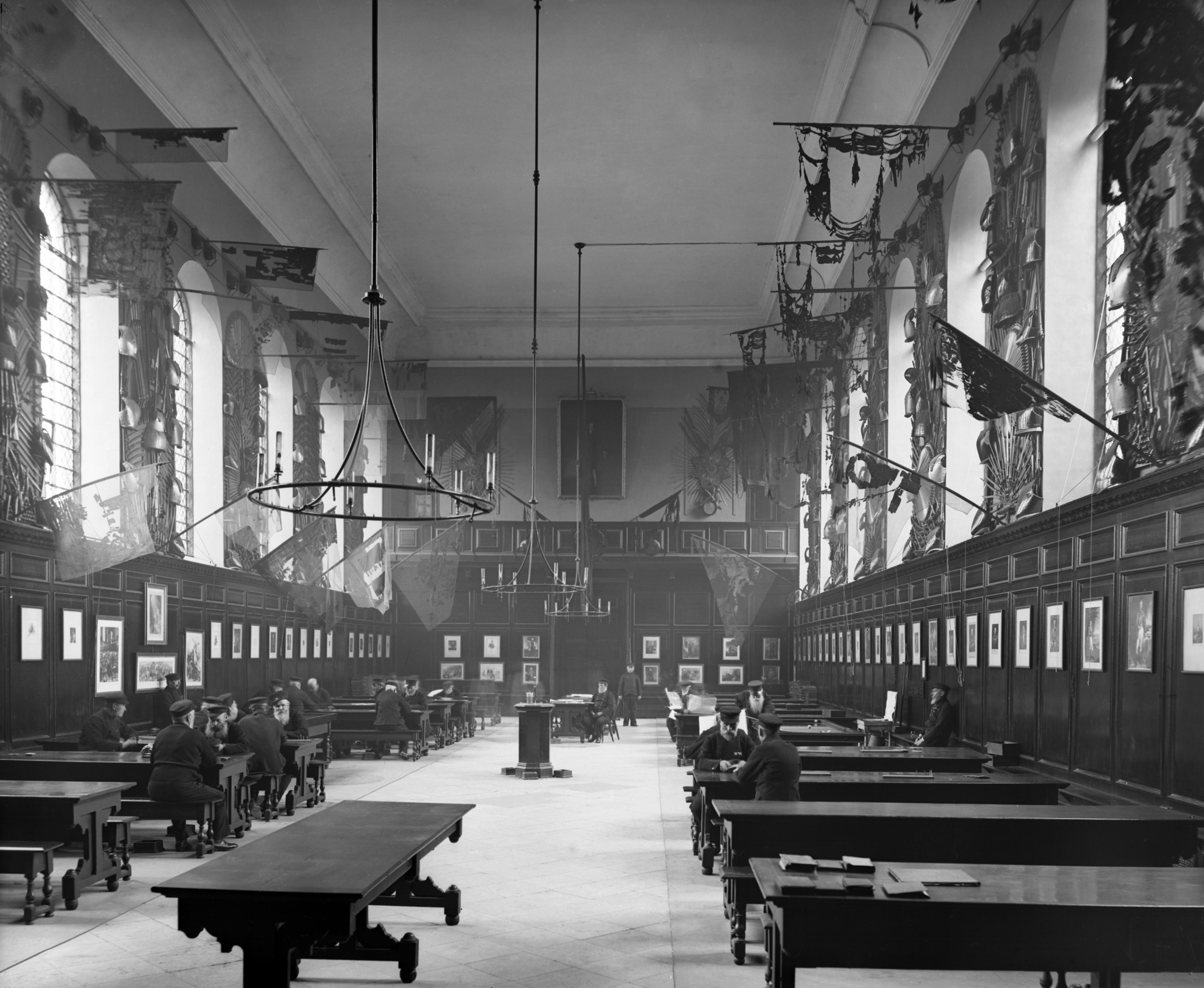
It’s in the Pensioners’ living quarters that the biggest changes have taken place. They’re housed in the four-storey wings on either side of the central court, known as Long Wards. Wren’s original design — two rows of 6ft by 6ft ‘berths’ per floor with hatches opening onto the central corridor — had its advantages.
‘Loneliness is a killer and I think Wren recognised that and built this place so you couldn’t be like that,’ notes Mr Allen. Nonetheless, there was no escaping the fact that the berths had become a little, well, geriatric, with 36 men sharing two showers and four loos.

Following a major refurbishment programme, Pensioners now enjoy a set of two private rooms each — a study area and bedroom, with en-suite wet room. ‘It’s lovely,’ says Barbara Whilds, a former army psychiatric nurse, of her accommodation. Miss Whilds moved in to the Royal Hospital in 2011. ‘I was number five [of the women]. They allow you to come for four days [to see if it suits] and, as soon as I came here, I knew it was exactly what I wanted.’
Other improvements include the Margaret Thatcher Infirmary, which, if you like, is the care home to the sheltered housing of the Long Wards. There are also nursing wards in the Infirmary, but the aim, says the Adjutant, Col Simon Bate, is to enable the Pensioners to live ‘in their own space for longer’.
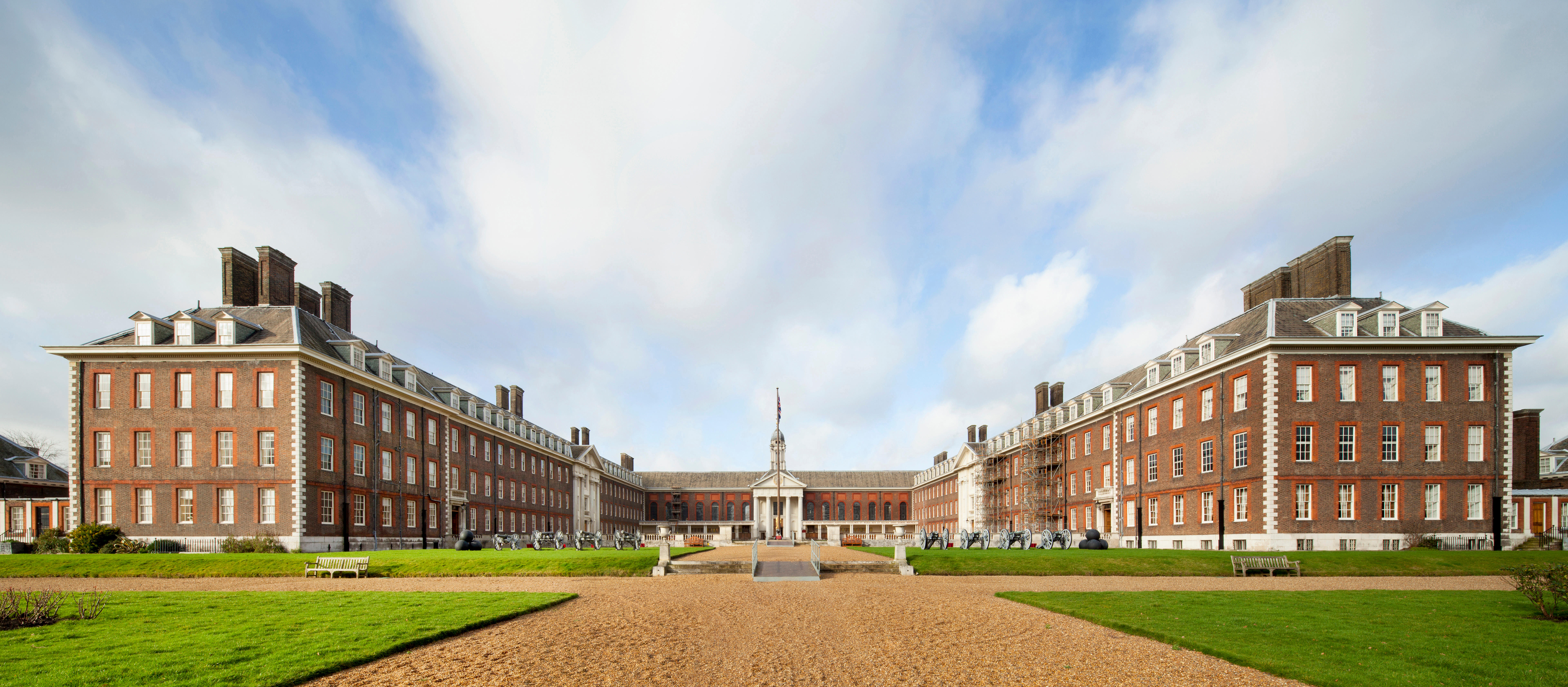
All this contributes to a longer, happier life. In fact, Chelsea Pensioners live an average of five more years than their counterparts on Civvy Street. ‘It’s quite hard working out why,’ says Col Bate, who thinks it’s probably to do with removing worry and anxiety, coupled with first-rate healthcare. ‘We’ve got a fantastic gym here. At 8am, you’ll see the Pensioners pumping iron and on the bicycles.’
Both Mr Allen and Miss Whilds say that, like many of the Pensioners, loneliness was behind their move to Chelsea. ‘I used to rattle around in my house like a pea,’ says Miss Whilds. ‘Now, I’m much more active than I was and fitter. It’s a joy to be here.’ Miss Whilds, a keen gardener, has an allotment within the grounds and enjoys getting involved with the RHS Chelsea Flower Show, which takes place on the 66-acre site each May.
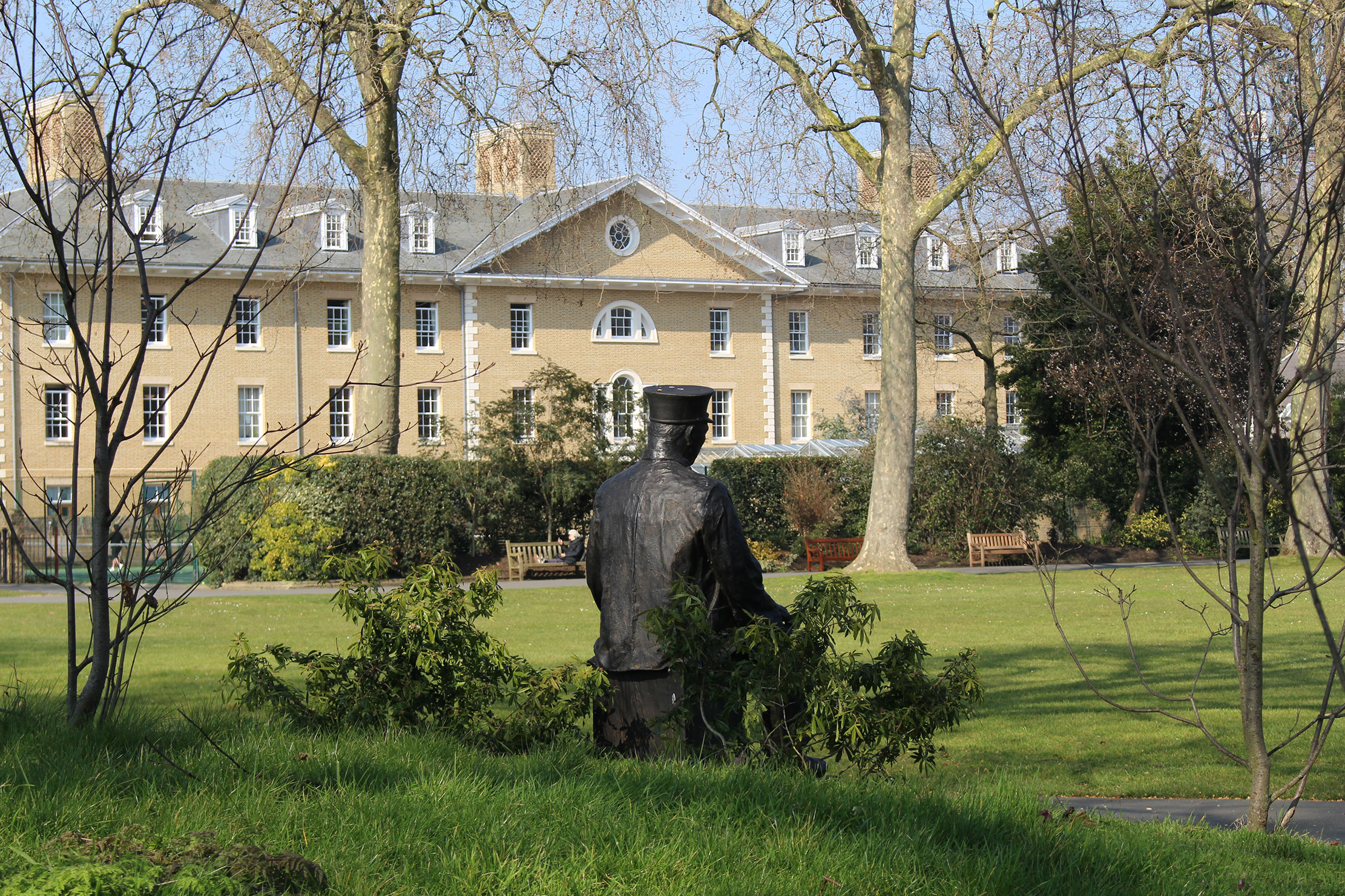
‘We’re allowed to go in every day if we’re in our scarlet and we march in and close the show, too,’ she explains. It’s hard to be lonely with 300 likeminded neighbours and the wealth of activities laid on, from bingo and whist nights to computer classes, pottery and day trips. There are also a club, a library and a television room. And, of course, there’s the famous army banter to jolly things along. ‘I bought them on eBay,’ chuckles Mr Allen, when I ask him where he got his medals.
‘They come in here and, literally within a month, you’ll see a change,’ adds Col Bate. ‘You’ll see the camaraderie step in; they look after each other — it brings back those great values of being in the military.’ Of course, all this doesn’t come cheap; it costs about £14 million a year to run the Royal Hospital. About £11.67 million comes from the Ministry of Defence and the rest is made up from charitable donations and events held in the grounds, such as the Chelsea Flower Show, the Masterpiece art and antiques show, weddings and pop concerts.
However, the cost to the Pensioners themselves is affordable. They’re asked to contribute £175 per week by giving up their army and disability pensions, if they have them, and making up any shortfall with their savings. However, nobody would be turned away because they couldn’t afford to pay, states Col Bate: ‘The most important thing is that they’ve served in the Army.’
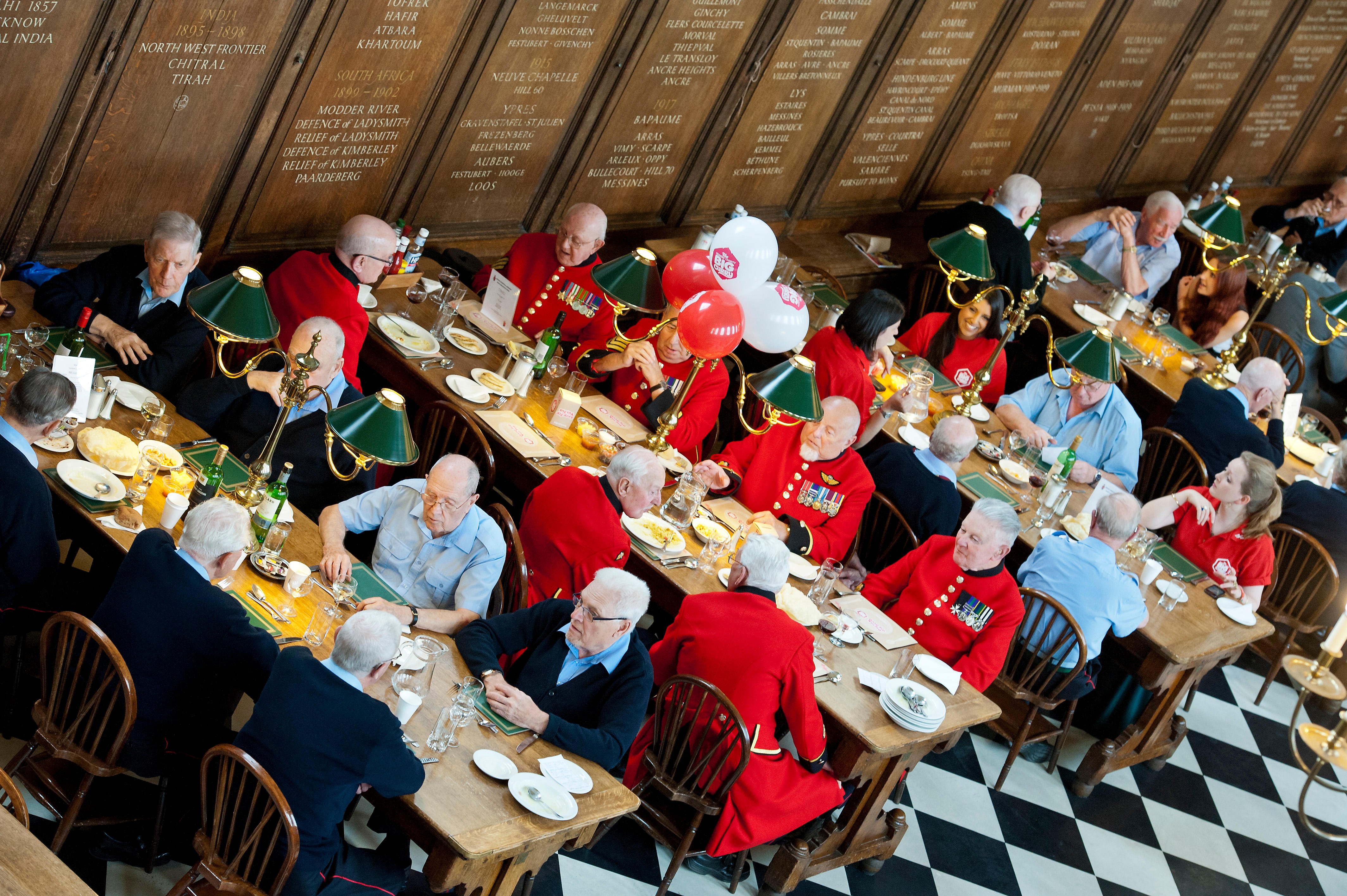
They have their state pension for spending money and a Freedom Pass to get around London. This is something of which Col Bate is acutely aware and he’s keen to stress that today’s Chelsea Pensioners need to be seen as relevant and outward-looking, helping other people and supporting other service charities. Fit and able Pensioners are encouraged to do voluntary work, such as selling poppies, serving food in the local night shelter, visiting injured soldiers at Help for Heroes rehabilitation centres and prison visiting for service personnel whose lives have gone horribly wrong.
‘Chelsea Pensioners are ambassadors not just for the Royal Hospital,’ stresses Col Bate, ‘but for all veterans. When you see them at the Cenotaph or the Festival of Remembrance at the Royal Albert Hall, they’re representing all those other veterans as well.’
Although moving into the Royal Hospital may mitigate the twin spectres of old age, loneliness and poor health, there is a trade-off. ‘Step outside in scarlet and you belong to the public,’ says Mr Allen. ‘However, it’s our pleasure,’ adds Miss Whilds. ‘It’s a very great privilege.’
This article was originally published in 2014 — you can find out more about the Chelsea Pensioners and the Royal Hospital Chelsea at www.chelsea-pensioners.co.uk
